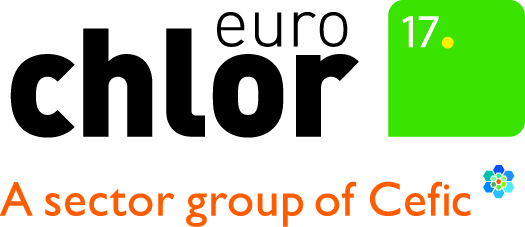Stabilisation
BATREC in Wimmis, Switzerland
BATREC is under the management of SARP Industries within the Veolia Group. The installation consists of two parallel reactors and a filter-press and has a capacity of approx. 1200 tonnes/y. BATREC has two tonne containers available for the transport of the mercury waste from the electrolysis to their plant in Switzerland. For this transportation, special arrangements have to be agreed with the authorities.
The process works in a wet environment resulting in a mercury-sulphide cake with less than 5% water. A conversion rate of 99.999% of the mercury to mercury-sulphide is guaranteed. The mercury sulphide is packed in plastic bags which then go into 200 liter drums. The mercury sulphide drums are stored in the salt mine of K+S in Herfa Neurode, Germany. The process has been operational since 2016.
Information can be found on the BATREC website. You can also read here for more information.
ECON Industries
ECON has a mobile unit, which is able to convert a minimum of four tonnes of mercury per day. It is a dry process.
The operators of the electrolysis plant operate the installation on the premises of the electrolysis plant. Process supervision and responsibility is by the ECON Industries supervisor on-site. The electrolysis plant has to arrange the environmental permit and has to take care of the required utilities and operators.
Two on site projects with an overall amount of > 500 tons have been successfully completed. The mercury sulphide has been transferred to K&S in Germany.
The ECON website has more information but you may also read this for more information.
MAYASA Spain
Mayasa is constructing a mercury stabilisation & solidification plant with a capacity of 300 ton mercury per year. It is expected that the plant will be operational at the end of 2018. Mayasa has a metallic mercury storage capacity of 2,400 ton. More information can be found in the attached presentation and on the Mayasa website.
REMONDIS QR in Dorsten, Germany
The installation has a capacity of approx. 800 tonnes/year. The liquid mercury is converted in a dry process to mercury sulphide.The mercury-sulphide is packed in drums and disposed of in the salt mine of K+S in Herfa Neurode, Germany. The process has been operational since 2014. Information can be found on the REMONDIS QR Website. Alternatively, read here more information on the stabilisation process.





